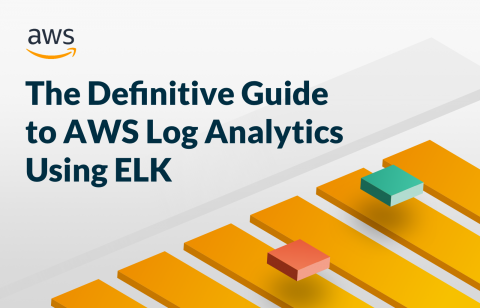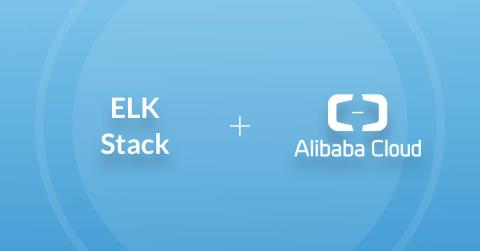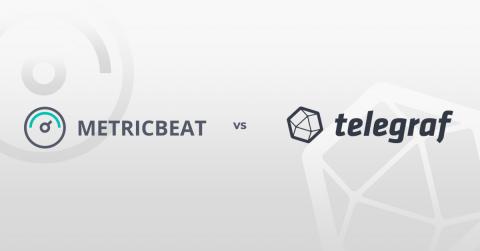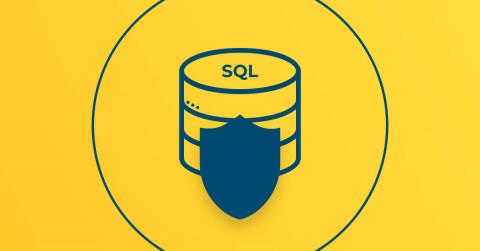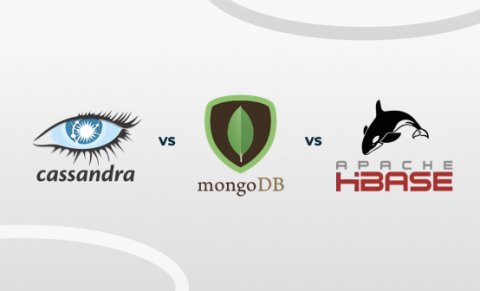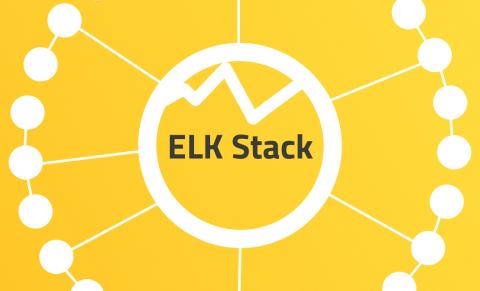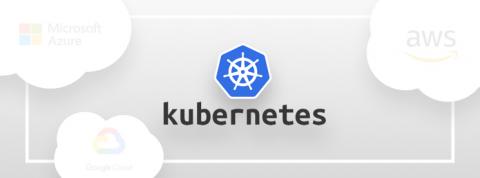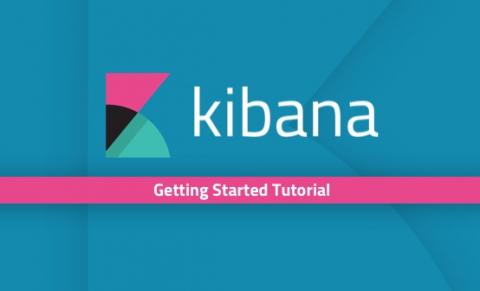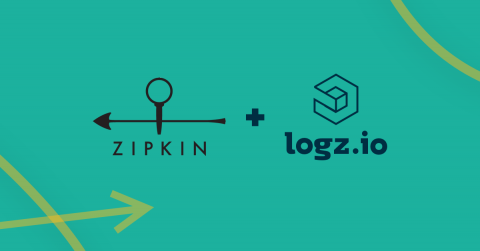Installing the ELK Stack on Mac OS X with Homebrew
What if I told you that it took me just under 10 minutes, 8 commands and 6 mouse clicks to create this bar chart informing me — big surprise — that I have too many open tabs in Chrome on my Mac? That might sound like a lot to some readers, but if you’re not a stranger to ELK you’ll know that installing the stack, even for testing and development purposes, usually involves a whole lot more than that. ELK can be installed on almost any system and in any environment.



